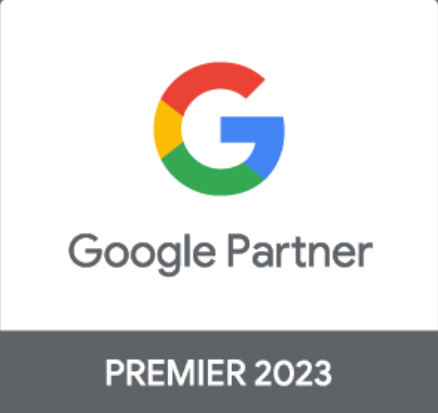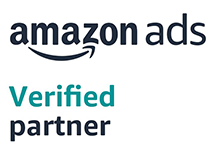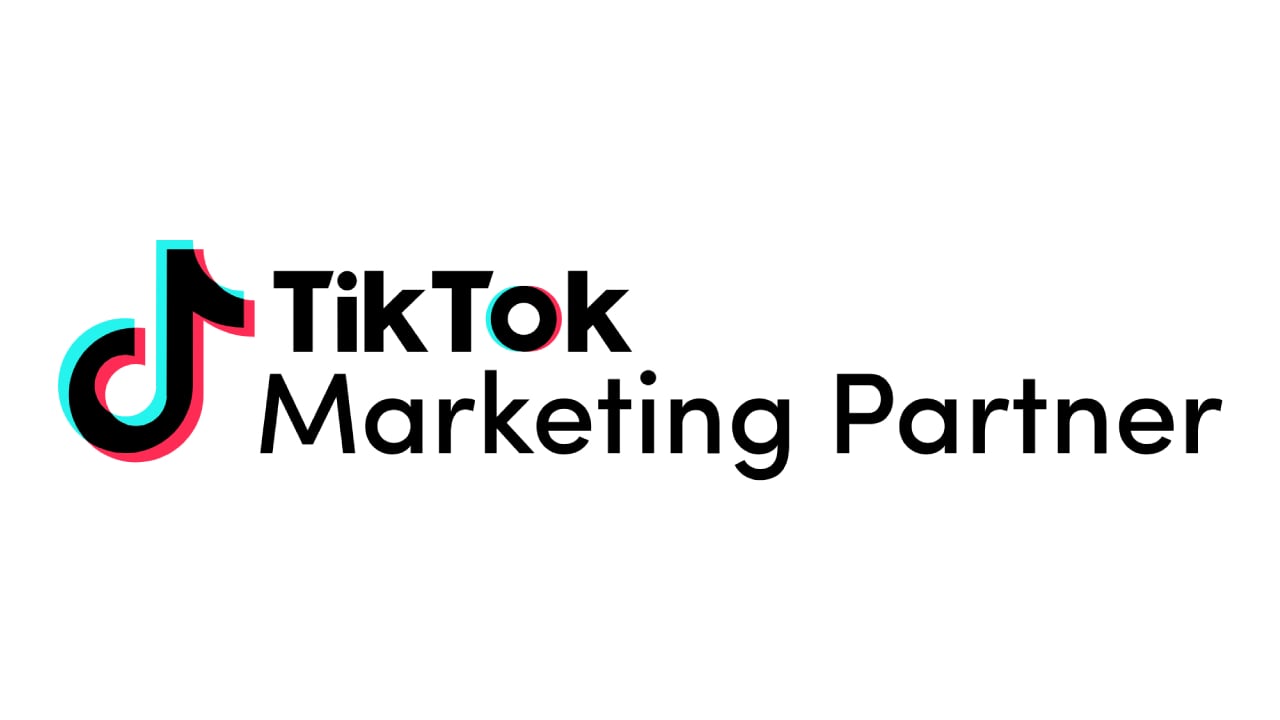The E-commerce industry is currently one of the fastest growing industries in the world. The field is ever-changing with rapidly evolving technologies, trends, and competitive environments- resulting in both positive and negative effects for all.
Consumers completely altered their method of buying items during the lockdown, forcing companies to invest in eCommerce channels and digital marketing.
Share of Indian consumers that shopped online for the first time since the coronavirus pandemic increased by 5% in 2020. Hence, it becomes important for brands to keep up with the pace of this dynamic and ever-growing market.
In this blog, we bring to you some unparalleled insights from industry leaders in the field of the e-commerce industry to help you navigate this industry better.
“Top funnel is the key to success.”
-Arvind , Heads of Operations, AdYogi
Top funnel marketing
Top funnel marketing refers to generating a vast number of leads by marketing to a wide audience base. It includes your entire website and social media platforms’ audience.
Top funnel campaigns on Facebook-
-
Traffic campaigns- This is used to bring in a lot of traffic to the website (even junk) which can later be tapped for marketing purposes.
-
View content optimized campaign- Use it to drive in intent traffic at a low cost.
-
Brand recall campaign- This campaign is optimized for getting maximum views on video ads and content and is pushed towards those who will engage with it for more than 2 seconds at least.
Top funnel campaigns on Google
-
Discovery- You can use visually rich and personalized ad campaigns to reach and engage with the new target audience and achieve your performance goals on google ads.
-
YouTube- YouTube helps your product or content reach a large audience base and discover new potential customers. Youtube ads, and suggestions are some of the features which make it effective.
“Brands need to focus on activities other than paid media to drive organic traffic on the website.”
Anshuk Aggarwal, Co-Founder, AdYogi
Drive organic traffic ‘Organically’
Festive is around the corner and it is the biggest time of the year for the eCommerce industry. Around this time, you have a market ready for you- people want to buy new products. All you have to do is reach out to your target audience, generate traffic on your website, and enjoy the benefits of maximum lead conversions. But how?
While paid media is an efficient and easy way to generate traffic, you must not undermine the importance and viability of practices that help you generate traffic organically. Here’s a checklist for optimal strategies to generate organic traffic-
1. Produce quality content that is both relevant and required
-
Provide information in the most consumable manner like Instagram reels, stories, and YT shorts.
-
Use “how to” videos, “product recommendations”, “DIY”, etc, depending on the category.
-
Provide what your customer needs to know- product specifications and description, how it will benefit the customer, etc.
2. Optimize your content
-
Audience research - Demographics,
-
Keyword research
(Pro tip- Google has its own keyword library which can help you find relevant keywords in a matter of seconds.)
-
Capitalize on your social media presence
-
Run ADS on platforms like YouTube and Facebook
3. Influencer Marketing
Getting your brand promoted by a significant influencer can help you reach wider audiences and get more customers. For example, Bollywood celebrities like Sara Ali Khan, and Alia Bhatt have strong relations with brands that they promote.
4. Email Marketing
Use this channel to reach out to your customers directly with new offers, discounts, brand promotions, and new product arrivals.
5. Moment Marketing
Keep up with the current trends and events to market your products, showcasing the agility and wit of your marketing team
6. User-generated content (UGC)
-
UGC refers to any content related to a product that is produced by consumers instead of the brand itself. It includes-
-
Testimonials and product reviews
-
Images and videos
-
Social media posts/ tweets about the brand
-
This can help build trust among potential customers and generate sales.
“For a healthy conversion rate, it is important that we land our potential consumer on the relevant website page which has information that is in sync with what is being advertised. For instance, we should avoid advertising out-of-stock products or products with price mis-match. “
-Jyoti Thakur, Optimization Manager, Adyogi
Optimizing campaigns for conversion rates
1. Relevant landing pages
Imagine you are scrolling through your social media handle when you come across an ad for an amazing pair of shoes. Intrigued, you click on it only to find yourself landing on the homepage of the brand. Overwhelmed by the number of products, you drop the idea of buying those and go back to your aimless scrolling. This is a classic situation your potential consumers find themselves in when your ads don’t land on the relevant pages.
For a healthy conversion rate, it is important that we land our potential consumers on the relevant website page.
-
If your carousel or video ad is about a specific product then make sure the link of that ad lands them on that product page to make sure the intent of buying remains intact and the user journey is not broken.
-
If your ad is about a specific category related to a collection of items for Onam, make sure you create a sparkly ad that justifies the festive mood and link it to that collection page which should have the same color scheme and products mentioned in the ads for easy resemblance.
-
The home page will act as the land page when you are advertising your brand in general. If your brand has done a CSR activity and you promote that activity through ads, make sure that link lands them to the home of the brand.
We can analyze each category and its SKU options to decide the campaign's objective. For instance, for a category with a healthy number of SKUs and varied price points, we can leverage catalogue-sales campaign with a value-optimised strategy.
- Jyoti, Digital marketing Manager, Adyogi
Catalog sales campaign
Catalog Sale Campaign is a catalog-linked campaign where you just need to select a product set, to get your campaign running. You can also customize your ad here with different overlays and ad formats.
The benefits of using catalog sales campaign are:
-
Try different ad formats.
-
Choose from a number of overlays & frames
-
Catalog Sale Campaign works amazingly for Apparel, Footwear, & Home Decor industries.
-
Use the Website Category Product Set to focus on any category you want to push more.
-
There will be absolutely no tension to create custom ads.
-
Facebook uses its algorithm & displays the ads of the products which are most likely to be converted.
Website category
Website Category fetches data & categories directly from your website. This helps us in pushing the products Category Wise.
Custom category
Custom Category, as the name suggests, is a custom-built category. These are the product sets created manually on Facebook.
“Assessing the average discount percentages is crucial to understanding what strategies would work well. This can also be sliced at the category level to analyze the conversion % at different discount levels.”
-Jyoti Thakur, Digital Marketing Manager, Adyogi
Offer discounts
Offering discounts help reach new people and boost sales and conversions.
1. Tactics for running discounted ads
-
Generic discount offers
Discounts can be a fixed value, percentage discount, or a discount on a product, collection, or variant.
-
Expiration date
Showing an expiration date like 'Offer ends in', 'Limited Stock' along with the coupon code creates a sense of urgency for your offer and can boost engagement.
-
Flat off on entire website
For instance, run a ‘Black Friday’ sale giving a 25% off on all your products.
-
Holiday and seasonal sales
Run a pre-christmas sale or Diwali sale to attract customers and generate sales.
-
Abandoned cart offers
Close to 70% who visit the website end up abandoning their carts, re-marketing to these users is a powerful tactic to bring them back.
-
Influencer/celebrity codes
Increase influencer promotion by giving discount codes to specific celebrities, which can be used by the consumers who found your product through the medium of that celebrity.
“Ominchannel is key to scaling a brand. There are huge spillover effects where ads on FB, Google help a brand scale on Marketplace and ads on Marketplace help a brand get more sales on their D2C website”
- Anshuk Aggarwal, Co-founder, Adyogi
Omnichannel marketing
In omni-channel marketing, you promote your products and services using all modes of communication, platforms, and devices to reach customers and prospects. Reports suggest marketers using three or more channels in a campaign earned a 494% higher order rate than those using a single-channel campaign.
Marketplaces, like Amazon, Flipkart, Nykaa, Myntra, etc, are open online spaces where customers can find a variety of products and benefit both the user and the business with faster customer service responses, customized shipping, and more.
According to Statista, 47% of digital purchases worldwide happened via online marketplace platforms. Using marketplaces to sell a variety of products is a smart strategy for businesses to reach their customers and demands
How to use omnichannel effectively -
-
Be cognizant of your customer's profile-
- Knowing your customers’ tastes and preferences, buying habits, and behavior is crucial for a successful omnichannel strategy.
- Conduct intensive audience research and ask relevant questions to your consumers to reach a credible analysis of consumer behavior.
-
SMS Marketing
SMS is one the quickest and most direct ways to reach your customers- both potential and existing.
Use extensive SMS marketing to reach newer audiences with discount offers, brand promotion, new arrivals etc.
It can also be used to have continuous and effective communication with your existing consumers, maintaining their relationship with your brand.
-
Make real-time stock updates available
Your eCommerce website must be up-to-date with your inventory.
For instance, your prices should be up-to-date do not market or showcase products that are out of stock, mention details regarding restocking, etc.
-
Integrated retail systems
Seamless service is the key to achieving consumer satisfaction in ecommerce. Thus, an integrated retail system becomes necessary.
Everything from email marketing to the checkout process needs to be in sync and inter-connected to ensure everything falls in place effortlessly for your consumer.
-
Improve in-person experience
There is a huge chunk of the customer base which still prefers to buy in-store. You need to ensure your in-person services are upto the mark as well.
It is also apparent that in-store interactions help you build long-lasting customer relationships which are of utmost importance to your brand.
"B2B Marketing is a vast scope, you have to get equipped with the latest strategies and practices in the market to keep yourself at the front of the race. The biggest learning is to keep relearning and implementing. Pivoting is the way to success."
- Iqhlaas Ahmed, Marketing Manager, Adyogi
Latest e-commerce challenges and their solutions
1. The iOS 14 effect
With data protection regulations in place and companies like Apple and Google coming to the fore to discourage any unethical use of cookies, the advertisers today are only made available with most essential cookies, striking down any sophisticated attempts to barge into user privacy. This has left advertisers with less precise data on user preference.
Moving beyond
Advertisers must explore methods for gathering first-party data that will enable them to interact directly with users and customers. With less-efficient tracking, the focus today needs to be on extrapolation, watching trends and Artificial Intelligence (AI) predictive tools. Advertisers can use device fingerprinting to collect information about a user's device or browser for more targeted marketing.
Further, manual and optional survey and interview tools to gather information should be given attention, and the user consent mechanism for delivering cookies should be prioritized.
2. Rising customer acquisition rate
Aftermath of the iOS 14 update is rising Customer Acquisiton Cost.
Here’s how top brands are handling it-
Target audience: When running a new campaign, marketers may target 'new' consumers who have never bought anything from the website, have never visited the website, or haven't purchased anything for a month. By looking at the company's target audience and spotting the changes, customer acquisition costs will be dramatically lowered.
Right campaign: Using lookalike audiences or different campaign visuals, an advertiser may test a variety of marketing efforts to see what works best. By eliminating ineffective ads and scaling those that perform well, the budget can be optimized and the best advertising price for customers can be achieved.
“It’s important to remember your competitor is only one mouse click away”
- Arvind Prakash Sharma, Head of Operations, Adyogi
A brand does not decide who their competitors are, their audiences do!
- Manasvi Neyol, Manager, Adyogi
1. Personal branding
With customers’ attention spans getting shorter by the minute, it is more critical than ever before to develop a memorable brand identity. Personal branding helps you establish a successful business in ways such as-
-
Create a strong identity of your own that will help you fight the competitors.
-
Find new opportunities- When people realize you're an expert in your field, they'll be more likely to give you a chance to work on new initiatives
-
Generate trust based on your identity and standpoints.
-
Control your brand narrative
2. Social awareness
Answering a social cause can strengthen your business in both intrinsic and instrumental ways. Operating a socially conscious and ethical firm can
-
Bring more humanity to your brand
-
Establish goodwill in the community
-
Engage employees
-
Draw in loyal customers.
3. Some ways of getting involved in social welfare as a brand-
-
NGO Collaborations- A brand can collaborate with an NGO and plant trees across the city.
-
Environment-conscious efforts- If you are a cosmetic brand make sure your products are animal cruelty-free.
-
Human Welfare- Your brand can lend a certain percentage of earnings from a specific product to an organization that works for human welfare.
The E-Commerce industry is growing faster than ever. With the right intent and efforts, you can make the most of the vast opportunities it provides with respect to scaling and marketing your product. There are a number of strategies and practices when it comes to e-commerce that can be put to use.
The above-mentioned points are some of the biggest lessons in the e-commerce industry shared by the industry experts themselves. The key is to realize it is the customer you cater to, by making the entire process of buying and selling as user-friendly as possible.
AdYogi can help you do all this and more. Adyogi as a digital advertising creative platform helps e-commerce businesses save time and generate more revenue. We automate digital Ad creation to establish an automated prospecting, targeting, and retargeting approach that targets the client's merchandise and cross-promotes using cutting-edge technology, to boost sales. We've been able to increase client revenue by upscaling it 7x - 8x through Adyogi's performance-based solution.
Get in touch to see how we can help you grow your business online.





-1.png)






